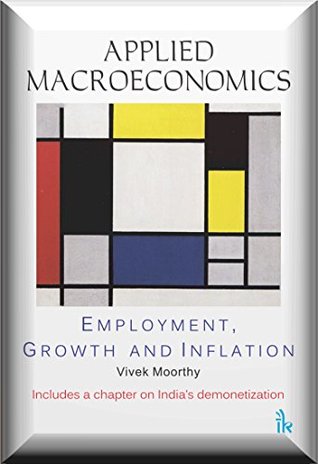Friedman’s explanation for short run movements in unemployment came to be called the confusion or fooling theory of unemployment. Workers are fooled because they underestimate the inflation rate or price level and thus overestimate the real wage they are getting. But they cannot be fooled all the time (to quote Abraham Lincoln). When the real wage turns out to be lower than expected, they demand higher money wages (or a bigger raise) as compensation to ensure they get the real wage they had anticipated or contracted for, setting the whole EAPC process in motion.
Welcome back. Just a moment while we sign you in to your Goodreads account.


